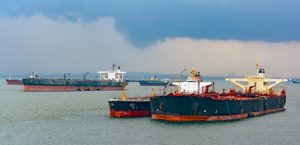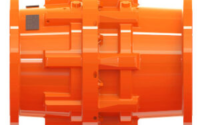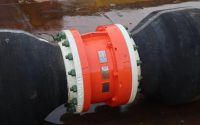How to Prevent Oil Spills during Ship to Ship Fuelling
There have been many cases of oil spillage during bunkering, and this is a cause for concern as the effects of oil spillage are far-reaching. Besides affecting the profitability of the company, oil spillage also has adverse effects on the environment and poses a serious safety hazard as it could lead to an explosion. Utmost care needs to be taken during oil bunkering to prevent spillage of oil. To ensure safe and efficient transfer of fuel from one vessel to another, there are things that should be done before the oil bunkering begins, during the process, and after the oil bunkering.
Before Bunkering

Before oil bunkering starts, the engineer in charge should find out how much oil needs to be transferred and exactly which tanks the oil is going to be put into. He should also ensure that all oil transfer that needs to be done before the bunkering of the new oil starts is done. This is because the old and new oil should not be mixed as they may be incompatible.
Once this is done, all the people who will be involved in the oil transfer should meet to discuss the details of the operation. During this meeting, the engineer in charge should assign responsibilities to the people who will be doing the oil bunkering and tell them which tanks will be filled and in what order. He should also brief the team on the procedure to follow in case of any emergencies. The team should agree on the signs and signals to be used during the operation.
The team should check that all the equipment needed is in good working order and that they have everything that is needed for the operation. The hose should then be securely connected to the manifold and the valves checked for any problems. The team should confirm that the overflow tank is empty.
Preventing Overflow and Tanker Breakouts
Oil spillage during bunkering can be avoided by using marine breakaway couplings. They shut off the flow of fuel when the fluid pressure becomes too high and prevent tanker breakouts during bunkering. The pressure should be kept low at first to ensure that the oil is going into the right tank. Once this has been confirmed, the pressure can be increased. However, when the tank is about 90% full, the pressure should be decreased again so that the tank does not overflow.
It is good practice to fill one tank at a time. Sounding should be taken regularly to check how much more space the tank has. However, if the vessel has functional tank gauges, there is no need for frequent sounding as the operator can use the tank gauges to read the level of oil in the tanks and know how much more space it has. Overflow and tanker breakouts are the main reasons for oil spillage during bunkering, and if the above procedures are followed, spillage can be minimised to a great extent. After bunkering, the hose connection should only be removed after confirming that the pump has been switched off.
Conclusion
It is important to avoid oil spillage at all costs. Many companies have had to pay hefty fines for spilling oil and have also tarnished their reputation because of polluting the environment. Oil spillage can easily be prevented by following the above procedures before, during, and after oil bunkering. With the right equipment and effective communication between the people involved in the operation, the process should be smooth and easy.


